10 Things You Need to Know About Recladding an Auckland Home
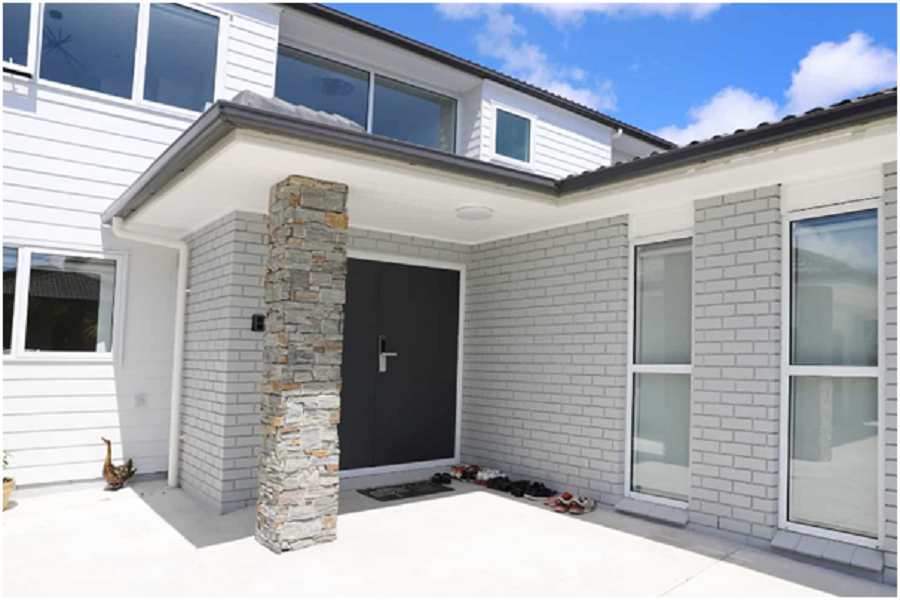
If you own a house in Auckland that was built in the 90s or earlier, there’s a high chance that it was constructed using monolithic cladding. This cladding can be recognized by its stucco-like exterior and was very popular back then. However, it’s no secret that this type of cladding has had its fair share of problems, including water intrusion, rot, and mould. If you live in such a home, then it might be time for a reclad. This blog post will discuss essential things you need to know about recladding an Auckland home.
Things You Need to Know About Recladding an Auckland Home
1. Don’t Underestimate the Cost
Repairing can be expensive, especially if you have a large home. However, it’s important not to underestimate the overall costs involved, which could include the scaffolding, architectural design, building consent, and labour costs. Be sure to set realistic expectations and set aside enough funds.
2. Consult Experts Before You Start
Recladding your home can cause a lot of disruption. It will be messy, noisy, and disruptive. You should consider consulting with professionals like architects, builders, and repair experts who can guide you through the design process and provide recommendations on the right materials to use.
3. Get Your Building Consent In Order, Early
Obtaining building consent is a must before starting any repair work. This involves submitting comprehensive documentation, which should include building plans, drainage plans and evidence of moisture content in the walls, among other things. Be sure to apply for building consent early to avoid delays in the process.
4. Choose The Right Material
Choosing the right material for your repair project can make all the difference in terms of durability, aesthetic appeal, and maintenance cost. Some of the popular options include weatherboards, brick veneers, and fibre cement boards. Consider the pros and cons of each option before making your final decision.
5. Follow Your Building Schedule
Having a building schedule can help you stay on track and within budget. Before starting any work, create a detailed schedule outlining each stage of the project and deadlines. Be realistic about the timelines, including any unforeseen delays, and ensure that communication standards are clear among all parties involved, including your contractor.
6. Be Prepared For Temporary Relocation
Recladding work can be very disruptive, especially if you live in your home while the work is still going on. It’s important to think ahead and be prepared for a temporary move. You may need to find temporary accommodation for your family and pets if the work is extensive or if the safety of your family might be compromised.
7. Inspect Your Work Before Final Payment
Before making the final payment to your contractor, be sure to inspect the work done to ensure that it is of the highest quality. Walk around the entire property and check for any flaws, defects, or incomplete work that may need further attention. Negotiate and complete any outstanding work before making the final payment.
8. Maintain the Integrity of Your New Cladding
Once your home has been reclad, it’s important to maintain the integrity of your new cladding. It will involve regular cleaning, painting, and maintenance as needed. Failure to take good care of your new cladding will lead to problems down the line and could end up causing you more expenses.
9. Don’t Cut Corners, Quality Is Key
Repairing your home is a major undertaking that will require considerable effort, time, and investment. To make the most of your investment, you mustn’t compromise on the quality of work and materials used. Ensure that you work with reputable contractors, use high-quality materials and adhere to safety standards during the project.
Conclusion:
Recladding an Auckland home can be a time-consuming process, but it’s an investment that can significantly improve the look and feel of your home while protecting it from moisture, mould, and rot. However, it’s important to plan the process carefully, work with experts, and stick to high quality to ensure that your investment is worth it. If you’re planning to reclad your home, be sure to consider the above things before embarking on the project.
Leave a Reply
You must be logged in to post a comment.









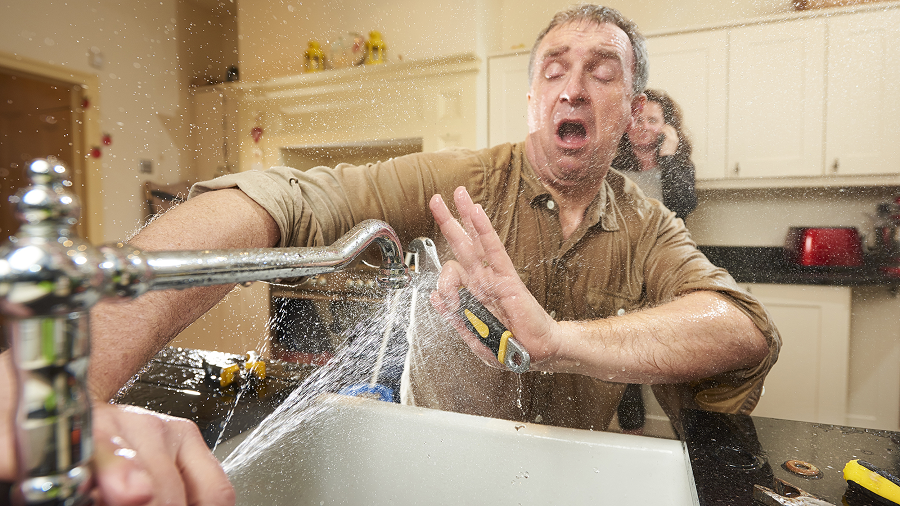

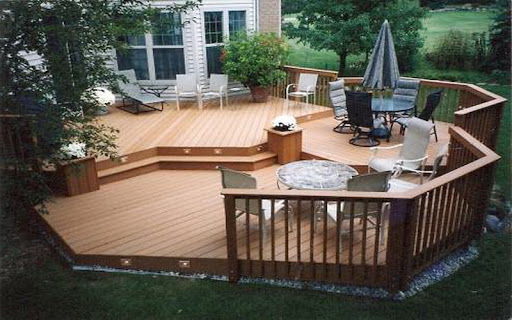


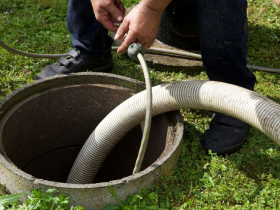

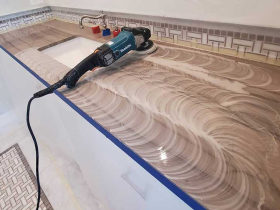
Leave a Reply